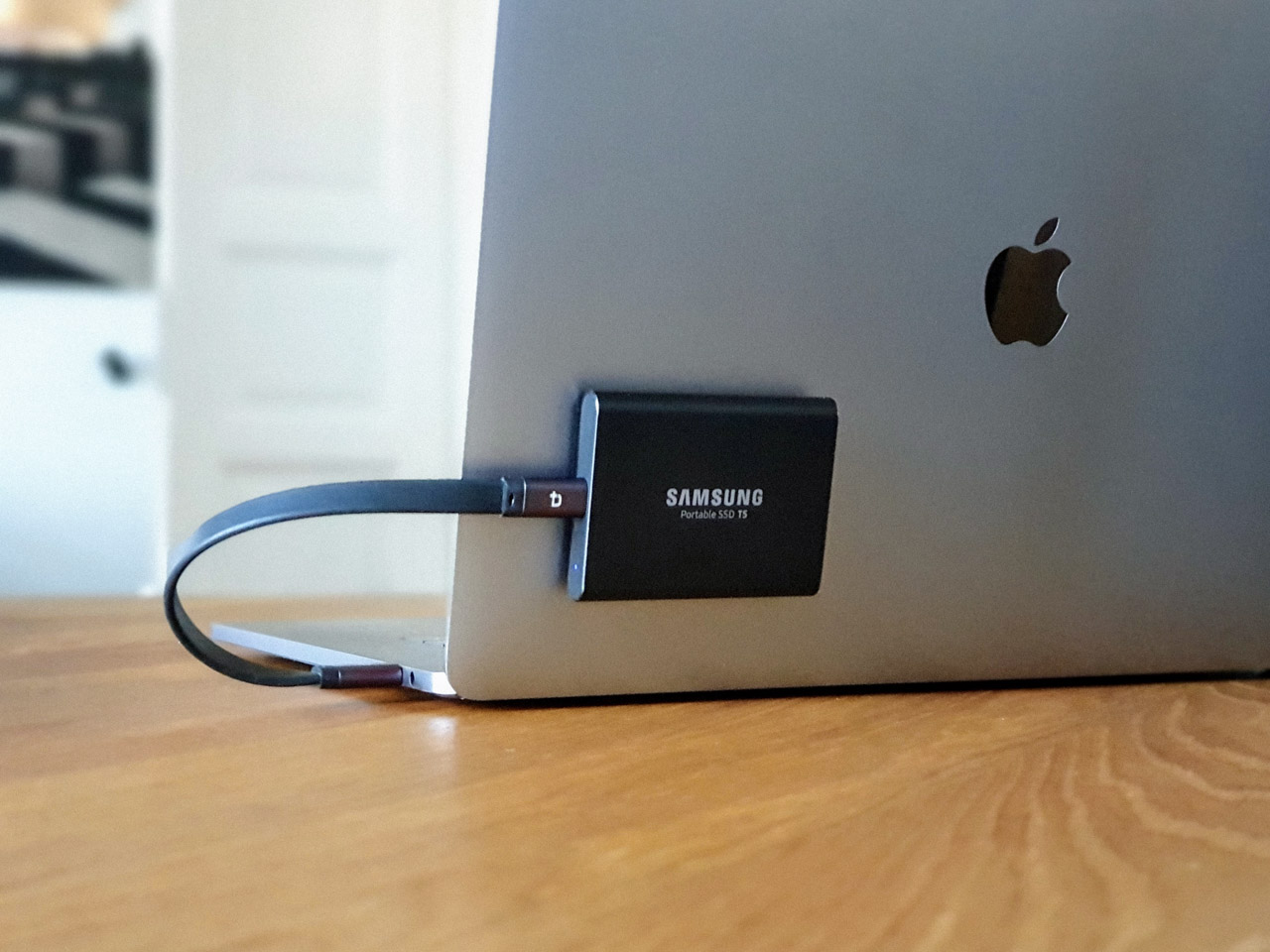TL;DR: Have a very expensive laptop and want to make sure I can create a partition on two SSDs in RAID 0 without messing up everything.
Hi everyone!
I’m pretty new to Linux and I’d like to get Mint running on my Windows machine. I used Ubuntu way back in maybe 2010 and I didn’t really get why it was so great, except for “holy shit look at the kickass desktop cube!” I also use Arch By The Way with my Steam Deck, but that barely counts as “using” Linux.
These days I’m much more privacy- and FOSS-minded (not to mention more tech-savvy and comfortable with the CLI since becoming a web dev) so I’m ready and excited to take it more seriously. I definitely want to keep Windows on here to keep a more reliable option for playing games.
Now to the meat and potatoes: my laptop came with this storage configuration (capture from the product page):
 From my limited understanding of RAID 0, the two m.2 drives are used as if they’re one, with the data being “striped” across them. Would that lead to any issues when I create a primary partition for Mint? Maybe I’m just paranoid, but the last thing I want to do is ruin my laptop.
From my limited understanding of RAID 0, the two m.2 drives are used as if they’re one, with the data being “striped” across them. Would that lead to any issues when I create a primary partition for Mint? Maybe I’m just paranoid, but the last thing I want to do is ruin my laptop.
Here’s what Disk Management shows, in case the additional info. is needed:

I would really appreciate any advice y’all can offer!
Bitlocker will make you have a hard time when it comes to multiboot and only one drive (RAID 0 behaves like one single drive). The RAID is another possible point of failure.
If you really want to set it up:
- Backup all your data
- Disable RAID
- Reinstall Windows on one SSD (Bitlocker Encryption is fine then)
- Install Linux along with its bootloader (grub) on the other SSD (LUKS encryption is also ok here)
- Boot from the Linux drive. Grub will then prompt you for the password to the encrypted LUKS partition.
You will not be able to access your Linux drive under Windows and vice versa. At least not with preinstalled tools.
Sounds like I should err on the side of caution then. Thanks for the in-depth explanation. I think I’ll either buy a new SSD for my desktop and boot from that, or get a cheap(er) laptop and go full Linux. I love this laptop as it is - despite it running Windows - and I really don’t want to rock the boat hardware-wise.
Thanks again!
Another option is to buy an external SSD (don’t get SanDisk, known to fail) and install Linux on it, this way you get to use your laptop with Linux, whilst preserving your Windows/RAID setup. The other advantage is that since Linux is portable, you could use the same drive to boot on other PCs as well, so you could have your own personal, secure and portable computing environment.
That’s a cool idea! The only downside I guess is that I have a big ol’ drive hanging off that would make it awkward to pick up the whole machine, but honestly that’s not too bad. Cheers!
External SSDs these days are fairly small, not that much bigger than a regular flash drive. You could stick it to your laptop’s lid using velcro tape, and then using a C-shaped or a 90° USB cable so that it doesn’t jut out.
Basically, something like this:

But use 90° flat cables so that the cable doesn’t jut out like that, something like this: https://www.amazon.com/USB-Type-C-Male-Flat-Cable/dp/B0B5K48VY5
I don’t use any external drives so I had no idea they ended up getting this small. There’s a USB port in the exact center of the back so this is a perfect solution.
Can’t really help with your main question, but I’ll add that Raid0 is a good way of losing everything if any single one of those disks dies. Please make sure you keep updated backups.
Yeah, I did read that RAID 0 is a tradeoff of redundancy for speed. It makes sense that they’d go with that in an “epic gamer laptop” like mine. I was drawn to this machine because of the double screen setup (Asus ROG Zephyrus Duo), among other things, like the complete lack of webcam! I’ll definitely make regular backups when I start using it for serious work. Thanks!



